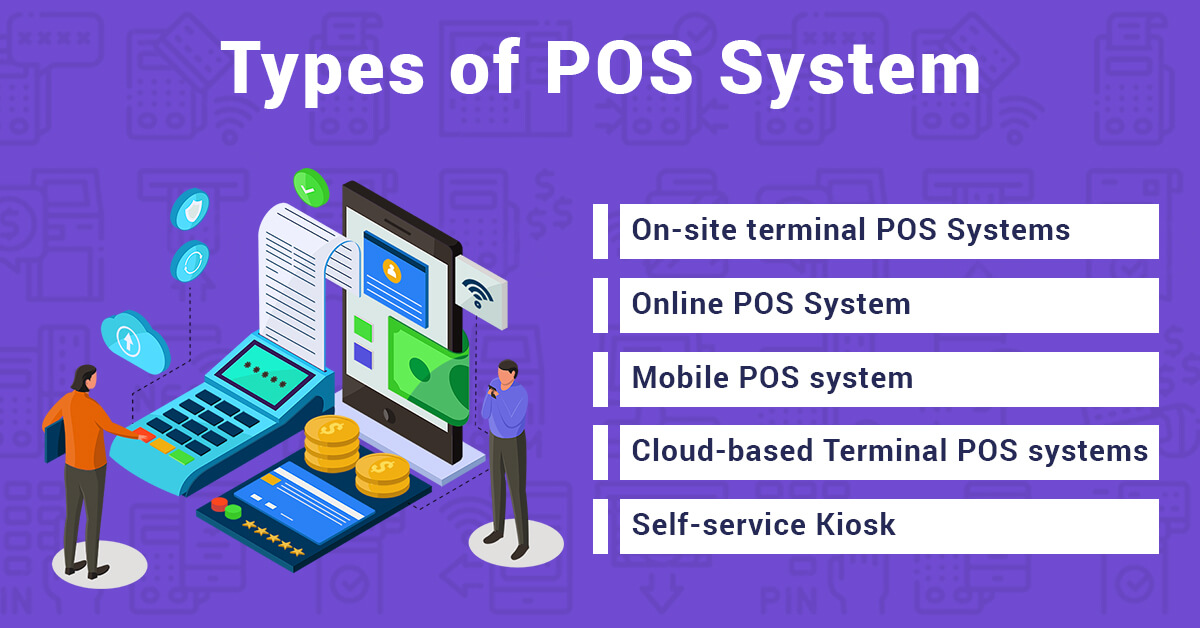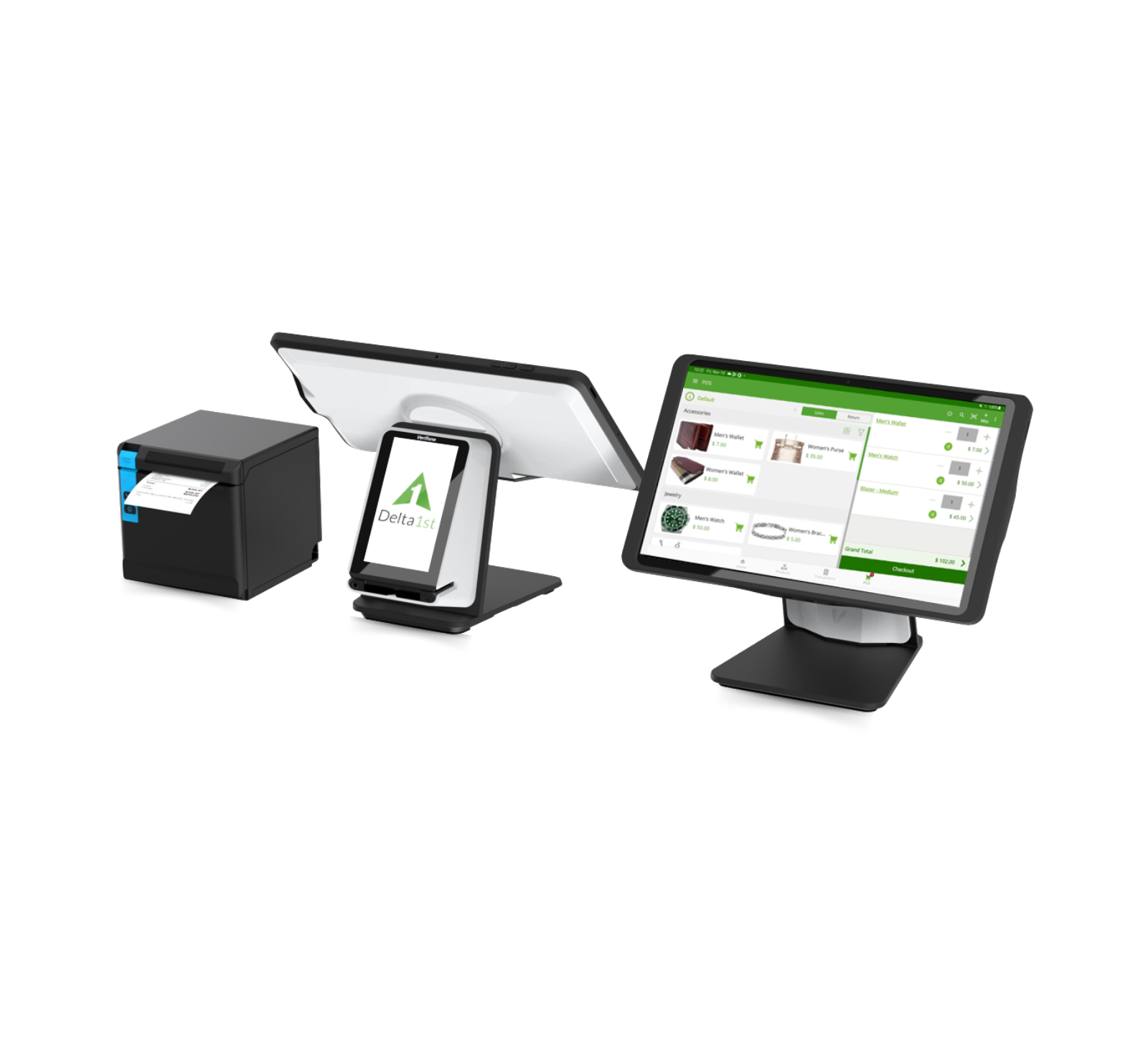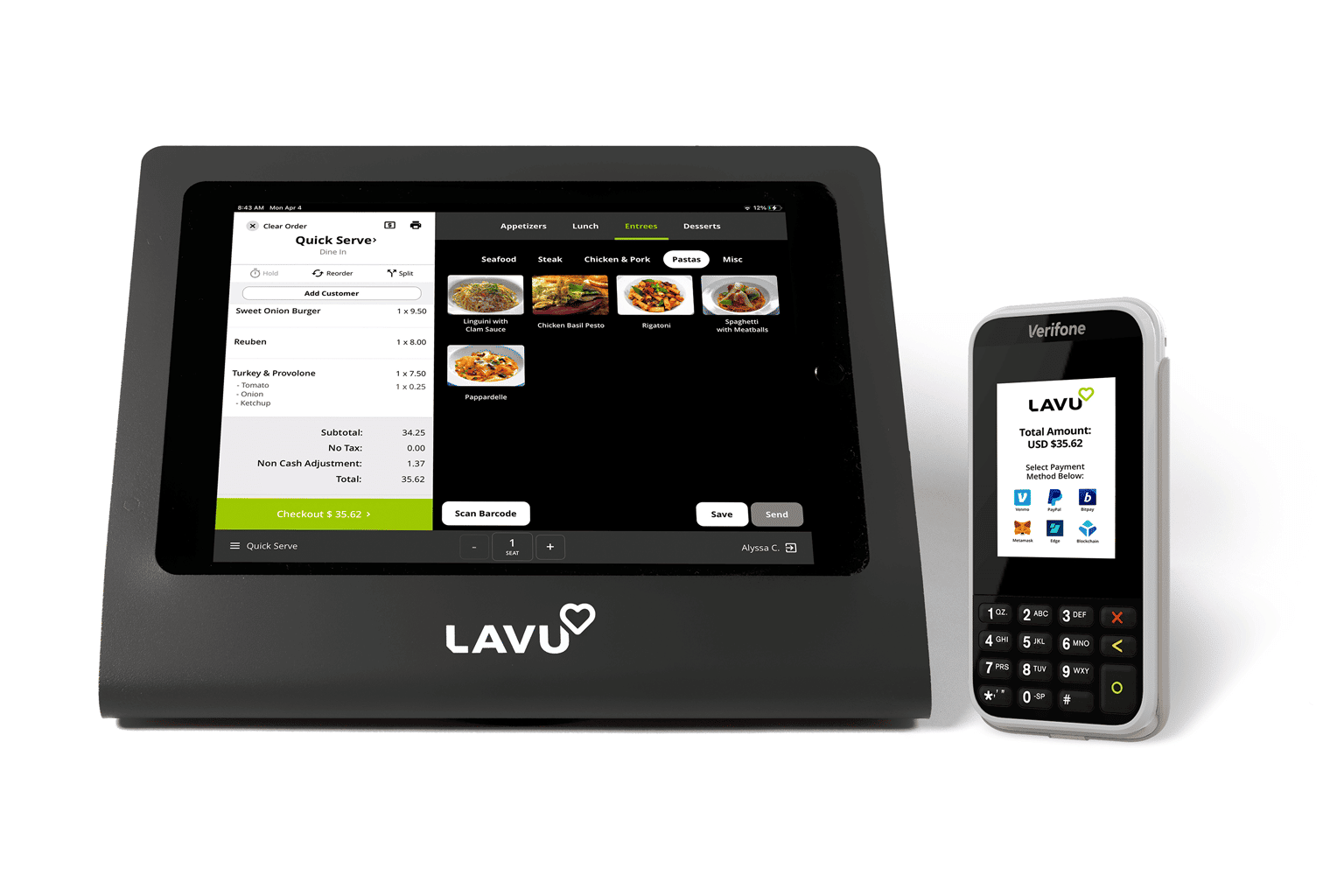Just How POS System Works: A Comprehensive Overview for Entrpreneurs

Recognizing the Elements of a POS System

How Sales Deals Are Refined
When a customer determines to make a purchase, the sales deal launches a series of methodical actions within the POS system. The cashier inputs the things being acquired, which are scanned through a barcode reader or by hand entered. This action fetches item information, consisting of rates and applicable taxes, from the system's database.Next, the consumer is presented with the total quantity due. The POS system then refines the repayment, whether with money, charge card, or mobile settlement approaches (Restaurant POS Software). For digital repayments, the POS firmly communicates with repayment processors to license and verify the transaction.Once the payment is verified, the system produces a receipt, which can be printed or sent out digitally. This receipt offers as receipt for the consumer. The purchase data is videotaped in the system, making certain precise sales documents and financial monitoring for the service.
Inventory Administration and Tracking

Reliable stock monitoring and monitoring are vital components of a POS system, as they ensure that services maintain suitable stock degrees and minimize disparities. A durable POS system permits real-time inventory updates, reflecting returns and sales instantaneously. This enables entrepreneur to keep track of supply degrees precisely, making certain that prominent products are readily available while protecting against overstocking of less popular products.Additionally, progressed POS systems provide attributes such as automated stock signals and reorder ideas, streamlining the purchase process. Barcoding and RFID modern technology improve precision in tracking supply movement, decreasing human mistake. Considerable coverage devices provide insights right into inventory turnover rates, assisting companies make educated choices about purchasing and item offerings. Ultimately, effective stock monitoring via a POS system not only enhances functional effectiveness but likewise boosts consumer complete satisfaction by ensuring product availability.
Examining Client Information and Insights
Consumer information evaluation functions as a powerful tool for businesses utilizing a POS system (Restaurant POS Software). By checking out and gathering deal information, businesses can uncover valuable insights regarding customer actions and choices. This evaluation allows them to determine purchasing fads, peak shopping times, and preferred products, thereby informing inventory choices and advertising strategies.Additionally, businesses can section their customer base, permitting for customized advertising efforts that satisfy certain demographics or buying habits. Understanding client commitment patterns likewise more tips here assists in developing targeted promos and rewards programs.The data amassed from a POS system can also disclose insights right into client responses, making it possible for organizations to make informed choices regarding item offerings and service renovations. Ultimately, leveraging client data properly can enhance the general shopping experience, foster consumer fulfillment, and drive earnings growth
Advantages of Executing a POS System
:max_bytes(150000):strip_icc()/point-of-sale-d7756dcc6dec420ea8d8f74383072a70.jpg)
Regularly Asked Questions
What Kinds Of Organizations Can Take Advantage Of a POS System?
Numerous organizations profit from a POS system, including retailers, restaurants, salons, and shopping systems. These systems improve deals, stock management, and consumer information, boosting operational performance and enhancing customer experience across varied markets.
Just how much Does a POS System Usually Expense?
The cost of a POS system normally ranges from a couple of hundred to a number of thousand bucks, depending upon features, equipment, and software application. Organizations need to consider continuous fees for transaction, upkeep, and assistance handling when budgeting.
Can I Incorporate a POS System With Existing Software Application?
Integrating a POS system with existing software is commonly viable. Many systems offer APIs or integrated compatibility attributes, permitting businesses to streamline procedures and improve capability by attaching numerous software application applications properly.
What Training Is Needed for Personnel to Utilize a POS System?
Educating for team to make use of a POS system commonly consists of understanding software program functionalities, refining deals, handling inventory, and dealing with client interactions. Practical demos and hands-on method sessions boost efficiency and self-confidence in using the system efficiently.
What Occurs if the Internet Drops While Utilizing a POS System?
Transactions might be interrupted if the net goes down throughout POS system use. Many systems weblink supply offline abilities, enabling basic procedures to continue, however full functionality, consisting of real-time inventory updates, will certainly be limited. A Point of Sale (POS) system is made up of several crucial elements that work together to manage and promote transactions service operations. Effective stock management and tracking are essential components of a POS system, as they ensure that organizations maintain suitable stock degrees and minimize inconsistencies. Consumer data evaluation offers as a powerful tool for businesses using a POS system. Recognizing consumer loyalty patterns likewise assists in developing targeted rewards and promotions programs.The information gleaned from a POS system can likewise expose understandings into client responses, enabling companies to make educated choices relating to item offerings and solution enhancements. Applying a POS system offers countless benefits that can greatly improve service operations.